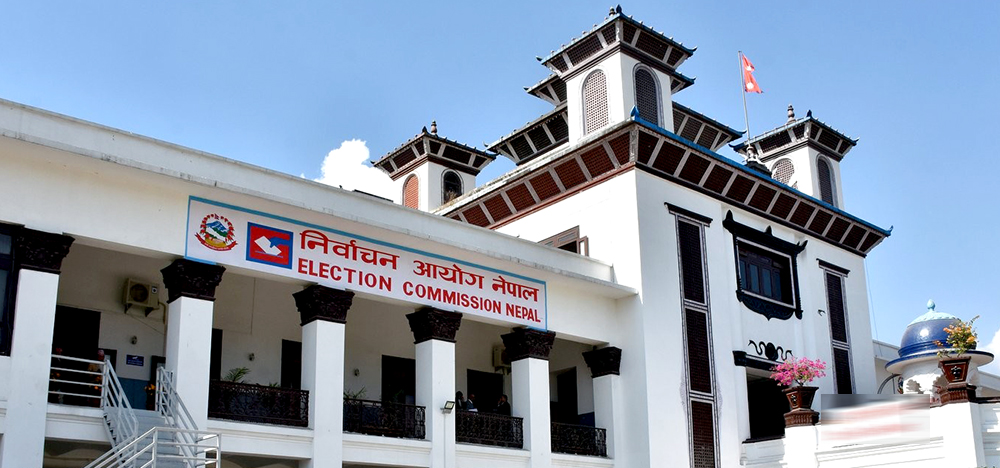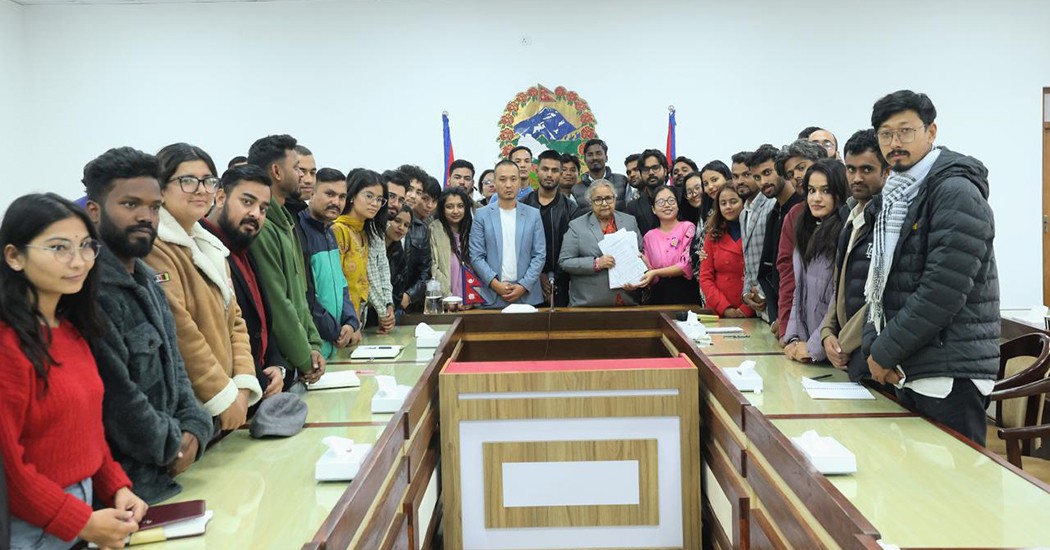
By Our Reporter
The Nepali Congress is at a critical juncture, caught in a web of indecision and internal discord that threatens its unity. Discussions in the party’s central working committee on the general convention have dragged on for over a month, yet no consensus has emerged. The party remains divided over whether to hold a regular 15th general convention or a special one, and even the question of contesting upcoming elections formally has not been settled.
Factions within the party, led on one side by President Sher Bahadur Deuba and on the other by senior leaders including Gagan Thapa, Bishwa Prakash Sharma, and Shekhar Koirala, have held multiple meetings separately, but no clear path has emerged. The deadlock highlights both structural indecision and deeper tensions over the party’s future leadership.
This internal paralysis comes at a time when the party faces mounting pressure to adapt to broader public expectations. The Gen Z protests have sent a clear message, demanding an end to corruption and the establishment of good governance, yet the Congress has failed to meaningfully respond. While the party squabbles over dates, formats, and internal hierarchies, the aspirations of a younger electorate seeking accountability and reform remain unaddressed. The contrast between internal factionalism and public demand for systemic change exposes a widening gap between the party and the population it claims to represent.
Efforts to break the impasse have revealed the limits of consensus-driven leadership within the Congress. Even as acting president Purna Bahadur Khadka engaged in bilateral discussions to build agreement, opposing factions pushed conflicting agendas, with some favoring an immediate convention and others advocating for delay until after elections.
The stalemate has forced leaders to weigh the risk of a split against the urgency of presenting a united front in the national polls. Meanwhile, reliance on Deuba as a unifying figure underscores the party’s dependence on individual authority rather than institutional mechanisms to resolve disputes.
The ongoing uncertainty has tangible consequences. The inability to finalize the convention and electoral strategies may weaken the party’s readiness for upcoming parliamentary elections and undermine its credibility among voters.
At the same time, the party’s failure to address the reformist agenda highlighted by Gen Z activism signals that internal wrangling has overtaken meaningful policy and governance debates. Without substantive change, the Congress risks appearing out of step with a younger electorate increasingly impatient with entrenched practices and unfulfilled promises.
Ultimately, the Nepali Congress’s current plight illustrates a larger tension between internal politics and public expectation. The party must reconcile its leadership disputes with the urgent need for institutional and ethical reform, or face the erosion of both its credibility and its organizational coherence. The way forward will require not only compromise between factions but also a serious reckoning with the demands for accountability and governance reforms that the younger generation has placed squarely in its path. Until then, the Congress remains suspended between internal stalemate and the broader call for transformation it has yet to answer.



















Comments:
Leave a Reply